No pet owner likes to think about the end, yet it’s an inevitable part of our journey with our beloved animals. Are you ready to spot the signs that could mean life or death for your pet?
1. Kidney Disease
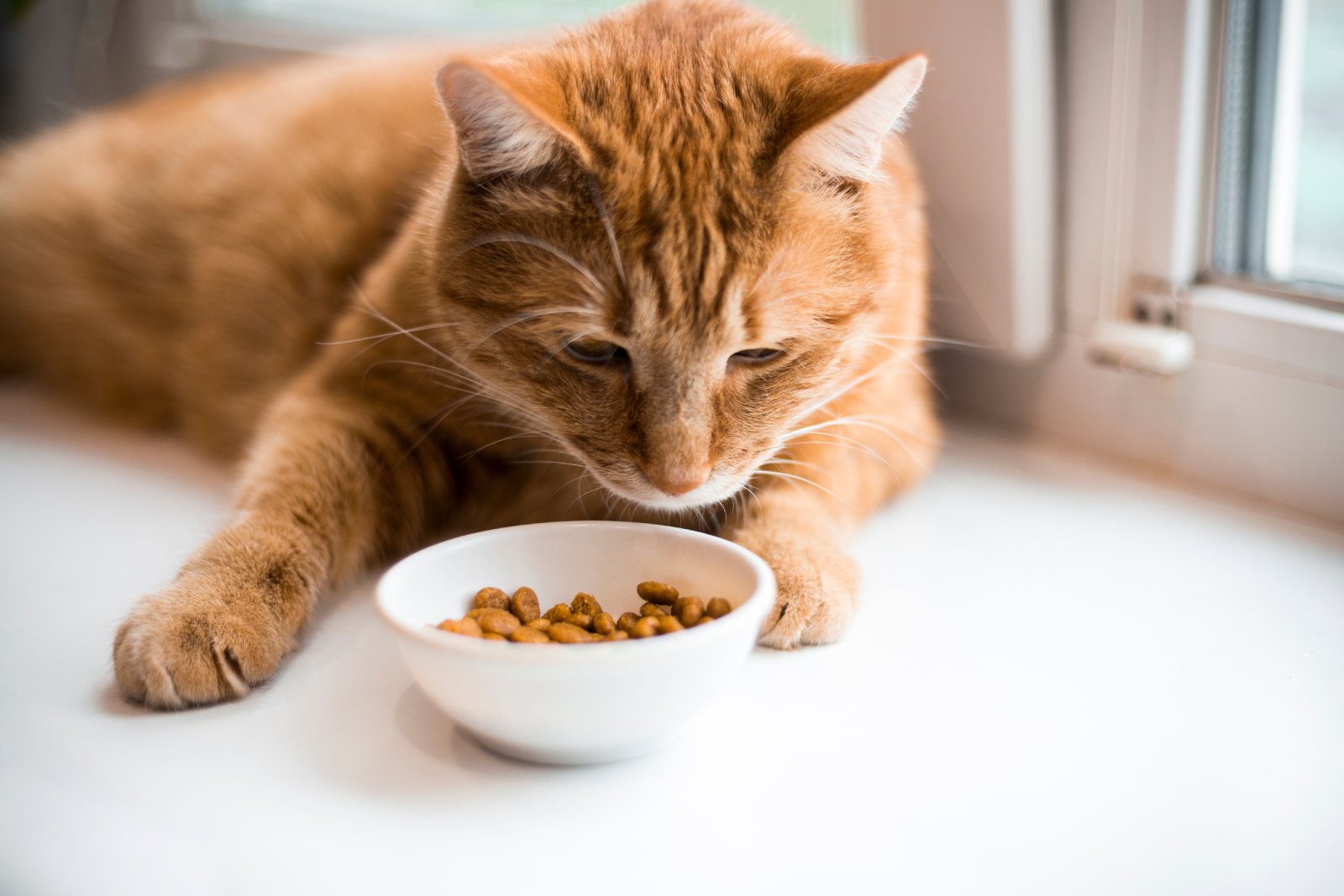
Chronic kidney disease creeps up unnoticed in many pets, especially in older cats. Initial symptoms include increased thirst and urination, leading to lethargy and loss of appetite. Without intervention, it often ends in a heartrending decision at the vet’s office to ease their suffering.
2. Heart Failure

Heart disease in pets, particularly dogs, can lead to congestive heart failure. Early warning signs like coughing, especially at night, and decreased exercise tolerance can develop into a distressing struggle to breathe. Many pet owners are faced with the agonizing decision to put their beloved companion to sleep to prevent further suffering.
3. Cancer
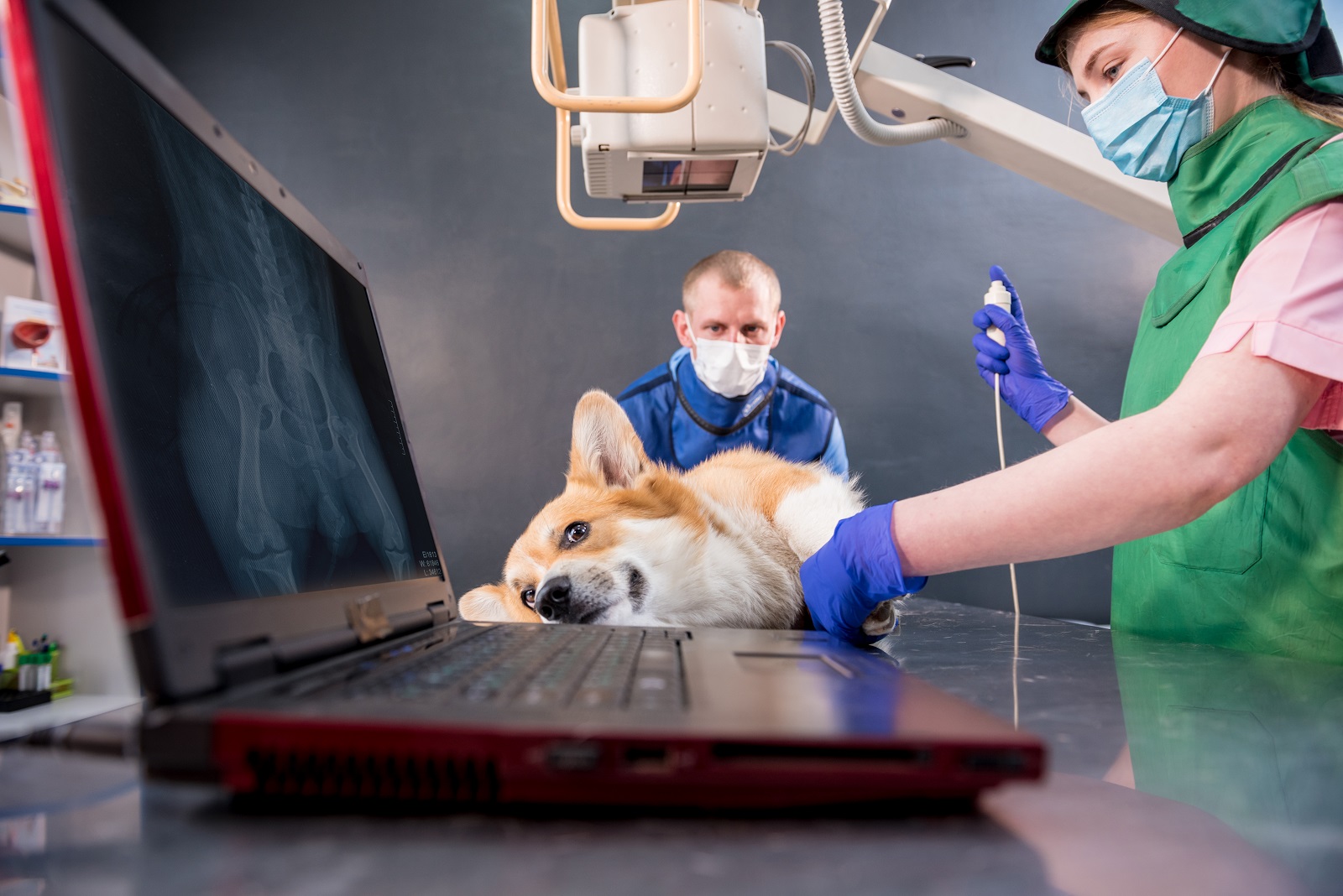
Cancer can strike pets just as it does humans, with symptoms varying wildly depending on the type. Lumps, unexplained weight loss, or sudden lethargy should ring alarm bells and prompt a vet visit. Treatment can be costly and emotionally draining, and too often, the outcome is a sorrowful goodbye.
4. Liver Disease
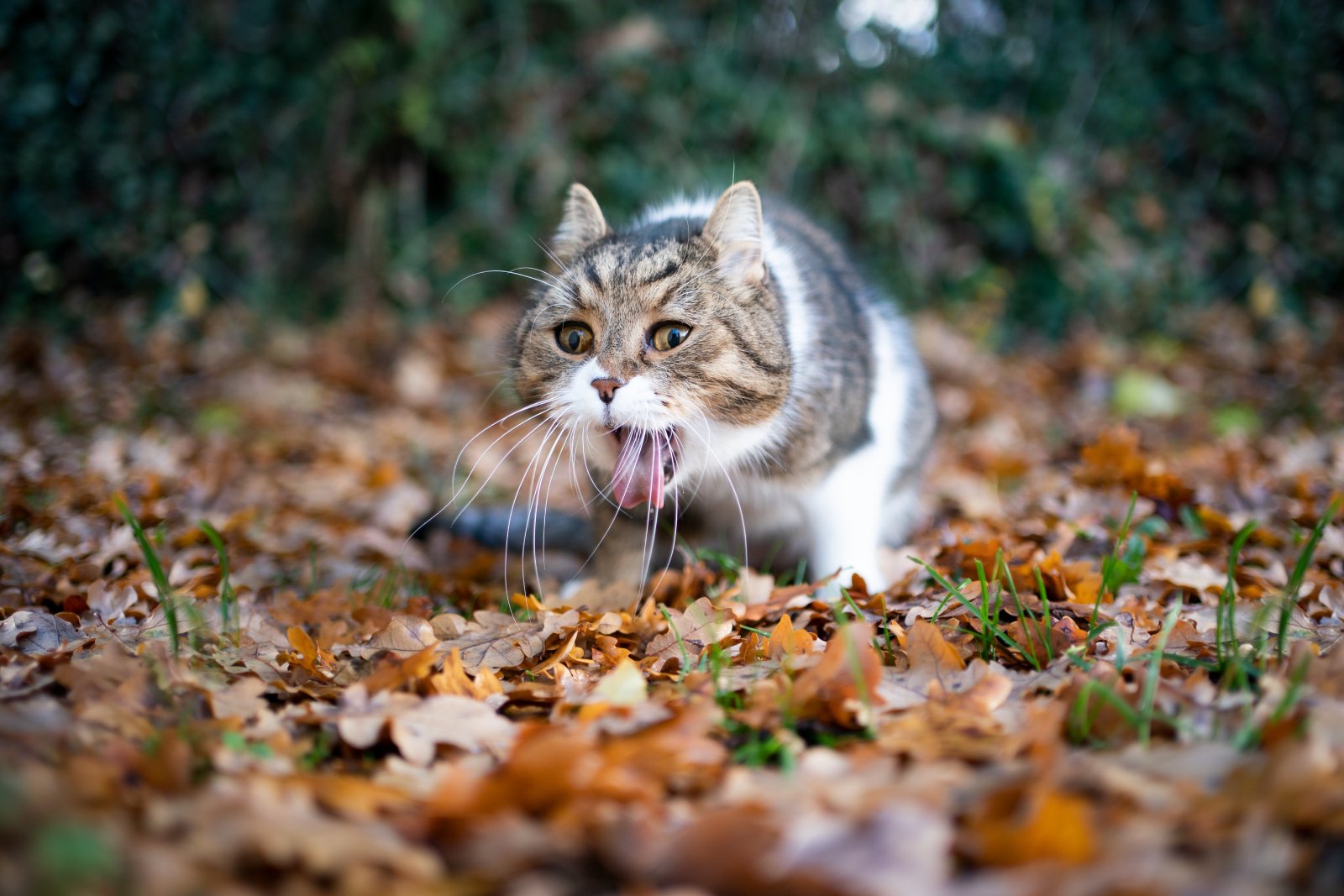
The liver can be hit hard by a range of factors, from toxins to tumors. Jaundice, vomiting, and diarrhoea are signs that your pet’s liver might be failing. Liver disease can lead to a slow, painful decline, often culminating in euthanasia to prevent suffering.
5. Diabetes
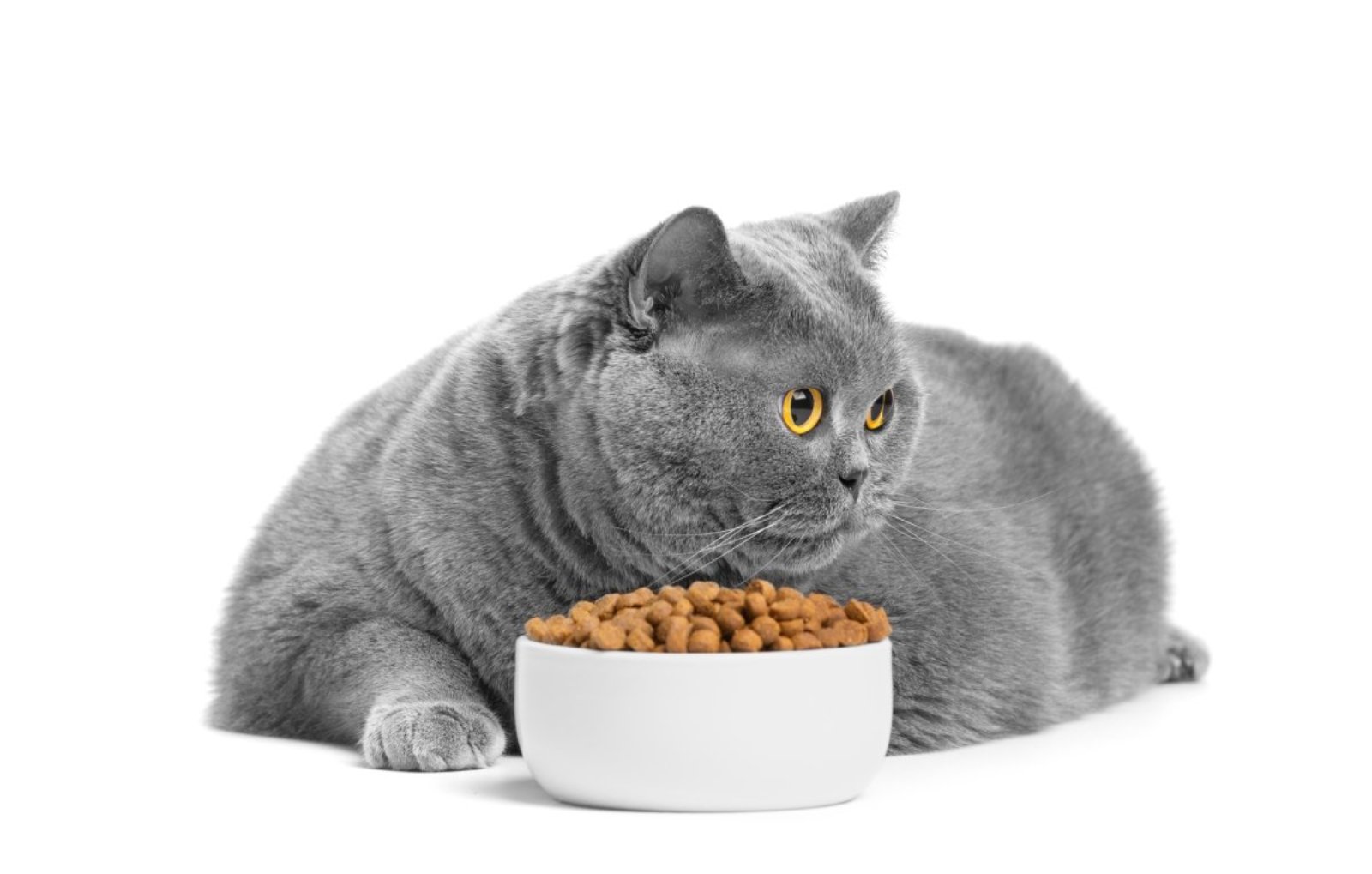
Pets, particularly overweight animals, can develop diabetes. Early symptoms like excessive thirst and urination can lead to a devastating diagnosis. Without careful management involving diet changes and insulin injections, diabetes can lead to severe complications and a decreased quality of life.
6. Neurological Disorders
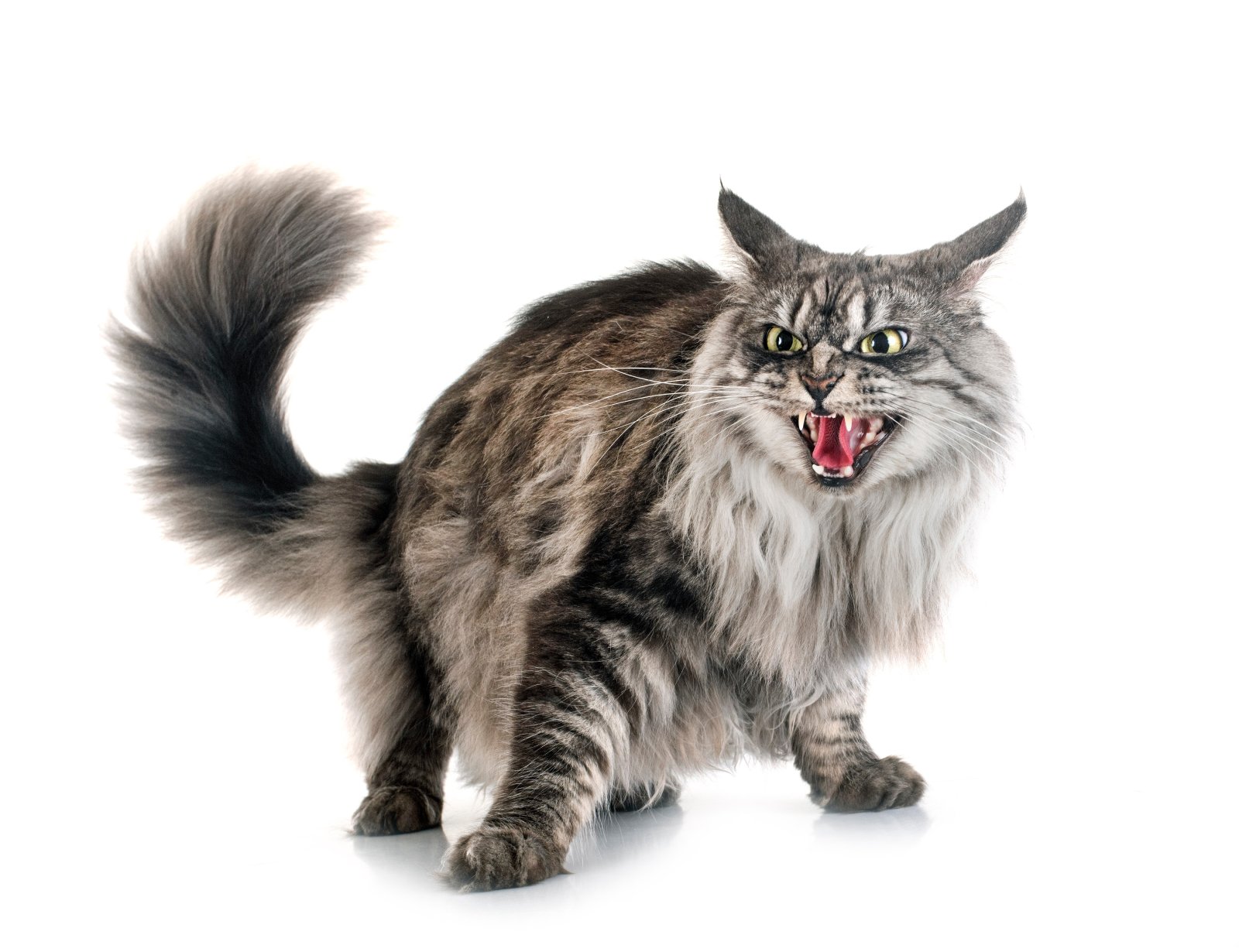
Neurological disorders can be particularly cruel, manifesting as seizures, sudden aggression, or confusion. These signs can be terrifying to witness, underscoring the merciless nature of such conditions. Owners must face tough decisions regarding quality of life and potential euthanasia.
7. Pancreatitis

Often linked to dietary indiscretions, pancreatitis in pets can escalate quickly from mild discomfort to intense abdominal pain. Vomiting, fever, and lethargy are indicators of this insidious illness. If severe, it can lead to death, sometimes so swiftly that treatment options are limited.
8. Infectious Diseases
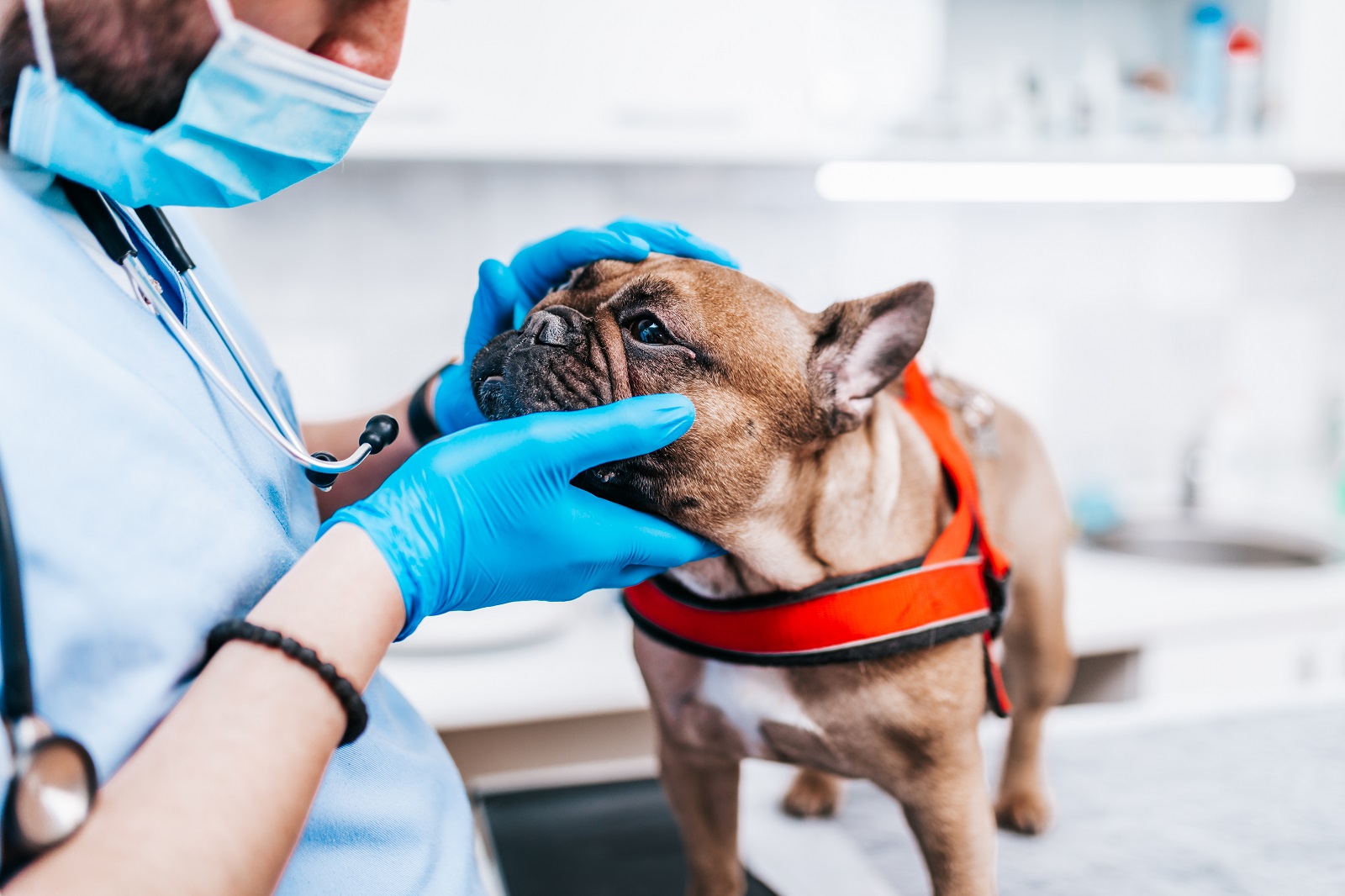
Despite vaccinations, infectious diseases like parvovirus in dogs remain a fatal threat, especially to puppies. Rapid intervention is crucial, yet the survival rate is dishearteningly low, leaving owners grappling with loss and what-ifs.
9. Trauma

Accidents—be they falls, car incidents, or encounters with other animals—can happen in the blink of an eye, often leading to severe injuries or death. The suddenness of such events can leave any pet owner reeling and full of regrets about unsecured gates or lapses in attention.
10. Poisoning

Ingestion of poisonous substances, whether intentional or accidental, is a common cause of pet deaths. Antifreeze, rat poison, and toxic plants are just a few culprits. The onset of symptoms can be rapid and severe, often ending in painful decisions in the emergency room.
11. Obesity

Obesity is a slow and silent killer, reducing the quality and length of a pet’s life. Early signs include noticeable weight gain and a decrease in activity levels. Over time, obesity can lead to heart disease, diabetes, and joint problems, often resulting in a reduced lifespan and a sorrowful farewell.
12. Respiratory Diseases

Respiratory issues in pets can stem from various causes, including infections and congenital defects. Early signs like laboured breathing or persistent coughing can escalate, leading to distressing suffocation. Treatment is possible, but the prognosis can be grim, pushing pet owners towards difficult decisions regarding euthanasia.
13. Renal Failure

Acute renal failure can strike pets suddenly, often due to ingestion of toxins or severe dehydration. Initial signs include vomiting and lethargy, progressing to complete shutdown of kidney functions. This rapid decline can lead to an abrupt end, leaving owners grappling with shock and grief.
14. Gastrointestinal Blockages

Pets, especially young dogs, often swallow objects that can cause intestinal blockages. Signs include vomiting, pain, and a lack of bowel movements. Without surgical intervention, this can lead to a painful death, often forcing owners to decide on emergency surgery or euthanasia.
15. Heatstroke

In the UK, even a brief heatwave can prove fatal to pets left without adequate shade or water. Early signs like excessive panting and drooling can quickly escalate to collapse and organ failure. Heatstroke can kill in hours, leaving no time for second-guessing the seriousness of the situation.
16. Hypothermia

Conversely, exposure to cold can cause hypothermia, particularly in smaller or less furry pets. Shivering and lethargy are early warnings, which if ignored, can lead to a frozen, tragic end. This silent threat demands vigilance during the colder months.
17. Drowning
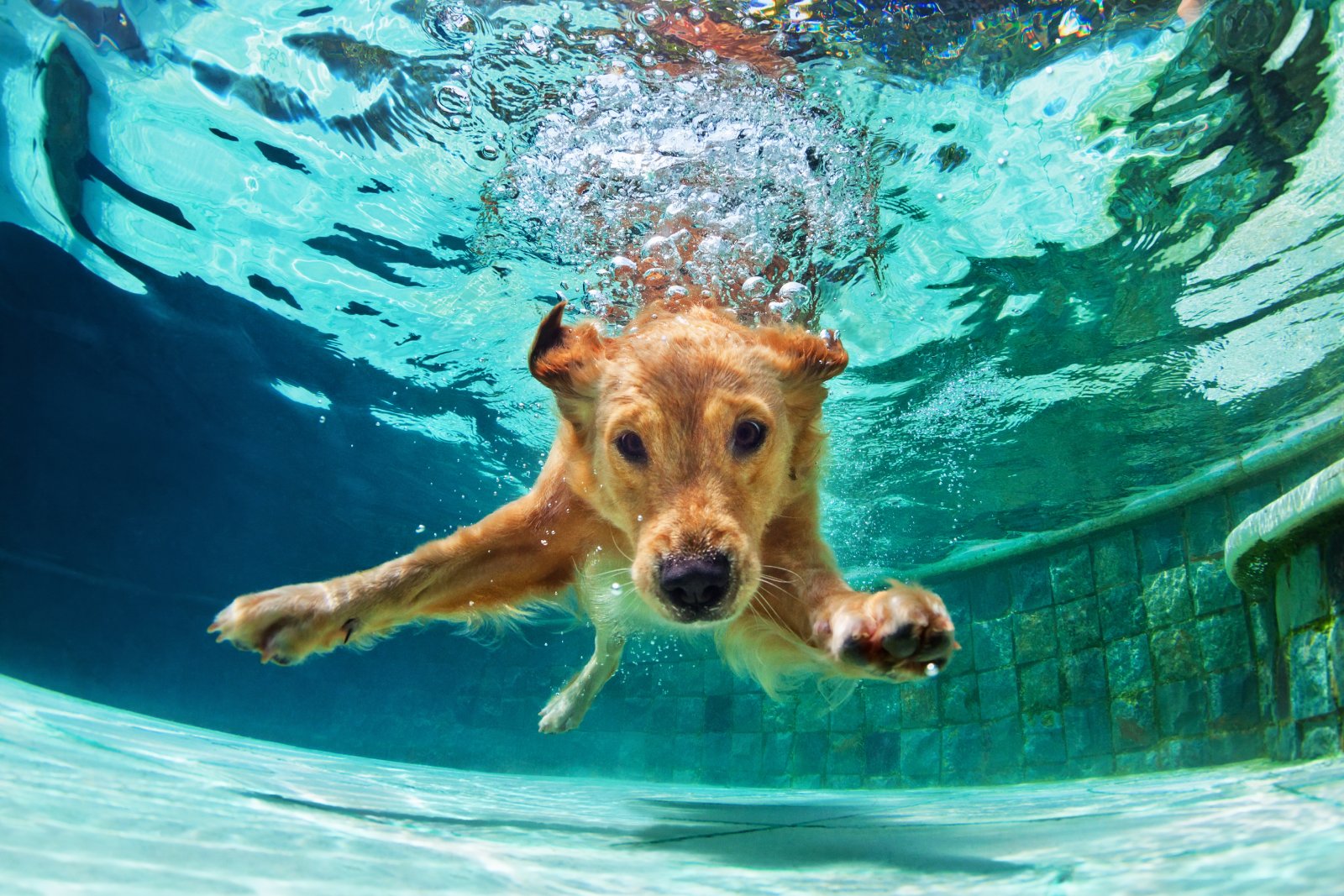
Water bodies, even shallow ones, pose a significant risk, especially to pets unfamiliar with swimming. The initial struggle might go unnoticed until it’s too late, resulting in a devastating loss. Pet owners must ensure their animals are supervised near water at all times.
18. Electrocution

Curious pets often chew on electrical cords, leading to electrocution. Signs of shock or burns around the mouth can occur almost instantly after contact, with fatal consequences. Keeping cords out of reach or using protective covers can prevent these tragic accidents.
The Inescapable Truth

Facing these heartbreaking realities is not for the faint of heart. It’s tough, yes, but isn’t being prepared the kindest thing you can do for those who depend on you entirely? How prepared are you to prevent these tragedies or ease the pain when prevention is no longer an option?
Featured Image Credit: Pexel / Gustavo Fring.
For transparency, this content was partly developed with AI assistance and carefully curated by an experienced editor to be informative and ensure accuracy.

